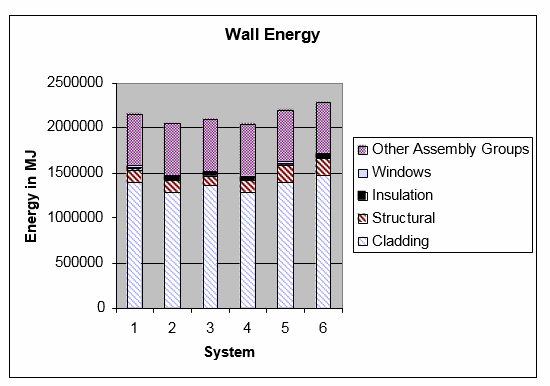V.A. Straka1
- Associate Professor, Dept of Architectural Science, Ryerson University , 350 Victoria Street, Toronto, ON, M5B 2K3, vstraka@ryerson.ca
ABSTRACT
The construction industry in Canada consumes more than 50% of natural resources, including energy and accounts for 17% of total water consumption. These figures relate only to the production of materials. During their lifespan, buildings continue to consume energy and pollute the environment. At the end of their useful life, buildings create waste through the demolition process. It is estimated that in Canada 35-40% of energy is spent during a building’s operational life.
This paper looks at the impact of the masonry industry with a focus on clay brick in particular. It evaluates how this industry approaches “the three R’s,” namely, reduce, reuse, and recycle. All stages of clay brick from the manufacturing stage, through construction, to demolition are included in this study.
It is important to preserve and encourage the use of clay brick as it is part of our history. Brick plays an important role in the vernacular architecture of Canada. Its presence in our cities and rural areas reminds us that brick is a significant contributor to our architectural and cultural heritage. In order to promote the use of masonry, it is important that the construction industry evaluate all the benefits of its products from an environmental point of view, and that designers, contractors and the general public are educated about these benefits. This paper attempts to identify areas where the industry could improve its environmental record and demonstrates how the appropriate use of masonry can maximize benefits in the environmental assessment method.
KEYWORDS: clay brick, sustainability, life cycle assessment, LEED, thermal mass
2a-3



